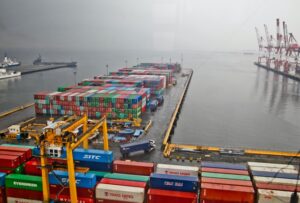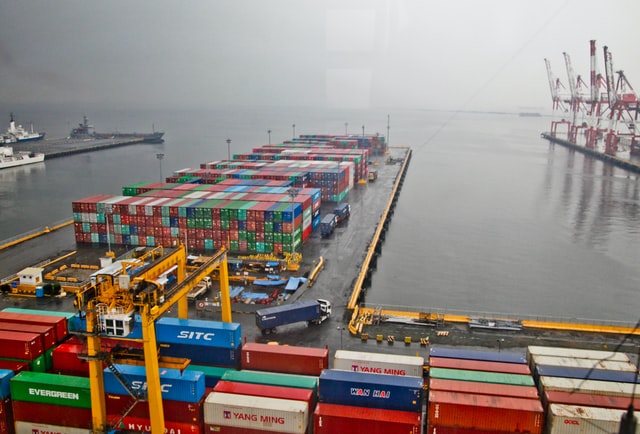-
Consumer demand has remained strong throughout the pandemic, with e-commerce providing a crucial sales outlet
-
The trade war and pandemic are supporting supply chain diversification, which will benefit different trade lanes and could lead some countries in Asia to attempt to compete with China
-
Tight capacity in both air and sea freight forwarding is going to continue, potentially weakening growth in these markets
-
Both modes of freight forwarding should see a strong boost from the recovering industrial and automotive sectors next year, as well as continued growth in healthcare and pharmaceutical sector
 Despite the challenges ahead, the freight forwarding market appears headed for a recovery over the coming months due to positive developments in global trade even amidst the pandemic, according to a new analysis from Transport Intelligence (Ti).
Despite the challenges ahead, the freight forwarding market appears headed for a recovery over the coming months due to positive developments in global trade even amidst the pandemic, according to a new analysis from Transport Intelligence (Ti).
Ti pointed to the International Monetary Fund, which has forecast that global trade levels are now projected to reach pre-COVID levels in 2021 as consumer demand has remained strong throughout the pandemic.
This as the lockdowns and restrictions have brought about healthy demand for some consumer goods, such as laptops, personal gym equipment and DIY goods, with e-commerce providing a crucial sales outlet.
State support schemes have also limited unemployment rises, keeping consumer spending reasonably solid, said Ti.
In some areas, such as on trans-Pacific lanes, trade growth has comfortably surpassed pre-COVID levels, giving credence to the view that global trade and freight forwarding will recover to pre-pandemic levels in the near future.
And rather than ending globalization as predicted, the trade war and pandemic appear to be bringing about supply chain diversification instead.
This “will benefit different trade lanes and could lead to interesting dynamics in Asia, where some countries will attempt to provide greater competition for China,” said Andy Ralls, author of the analysis.
He also said that while near-shoring is a threat to some air and sea freight forwarders’ volumes because it opens up more opportunities for land-based transport options, it also presents challenges.
“Whilst some level of supply chain re-structuring appears likely post-COVID, trading conditions are expected to remain largely conducive to air and sea freight forwarding growth over the medium term.”
Impact of tight capacity
But the tight capacity seen this year in both the air and sea freight forwarding markets “could continue in the years ahead, potentially weakening growth in each market,” the report observed.
In sea freight, carriers have consolidated and formed successful alliances, enabling them to cut capacity during the pandemic and keep rates at high levels.
“This trend, although likely not to the same extent, could continue in the years ahead, pushing some shippers to consider other modal options, such as rail or sea-air,” said the logistics and transport market intelligence provider.
Meanwhile, capacity has been reduced involuntarily and to severe levels in the air freight market due to the reduced belly hold capacity as a result of the lack of air travel. This has pushed shippers towards other modal options, which could constrain the ability for air freight volumes to bounce back.
“Given the constraints in capacity, air freight is unlikely to see such a sharp boost next year,” said the report.
“After the global economy slumped to its lowest ebbs in April and May this year, some re-stocking did take place, but it was sea freight and the integrators (through their own international air networks), which saw an uptick in volumes most sharply. Air freight did not accelerate substantially alongside the uptick in new export orders as it had done on previous occasions.”
“Ultimately, if we see further increases in demand going into 2021, air freight may not be able to fulfil all of it in the same way it has done in previous re-stocking cycles. Much depends on whether passengers feel safe flying again in 2021,” it said.
At the same time, Ti sees both modes of freight forwarding getting a strong boost from the recovering industrial and automotive sectors next year, as well as continued positive growth in the healthcare and pharmaceutical sector. With the roll-out of a number of vaccines looking likely, volumes moved by air are likely to increase.
Meanwhile, cross-border e-commerce volumes have accelerated this year and will provide a strong avenue for growth in years ahead.
“With these sectors performing well, forwarding volumes look set to recover over the medium term, despite the sector facing a number of headwinds,” Ti concluded.
Photo by Jerome Monta on Unsplash





